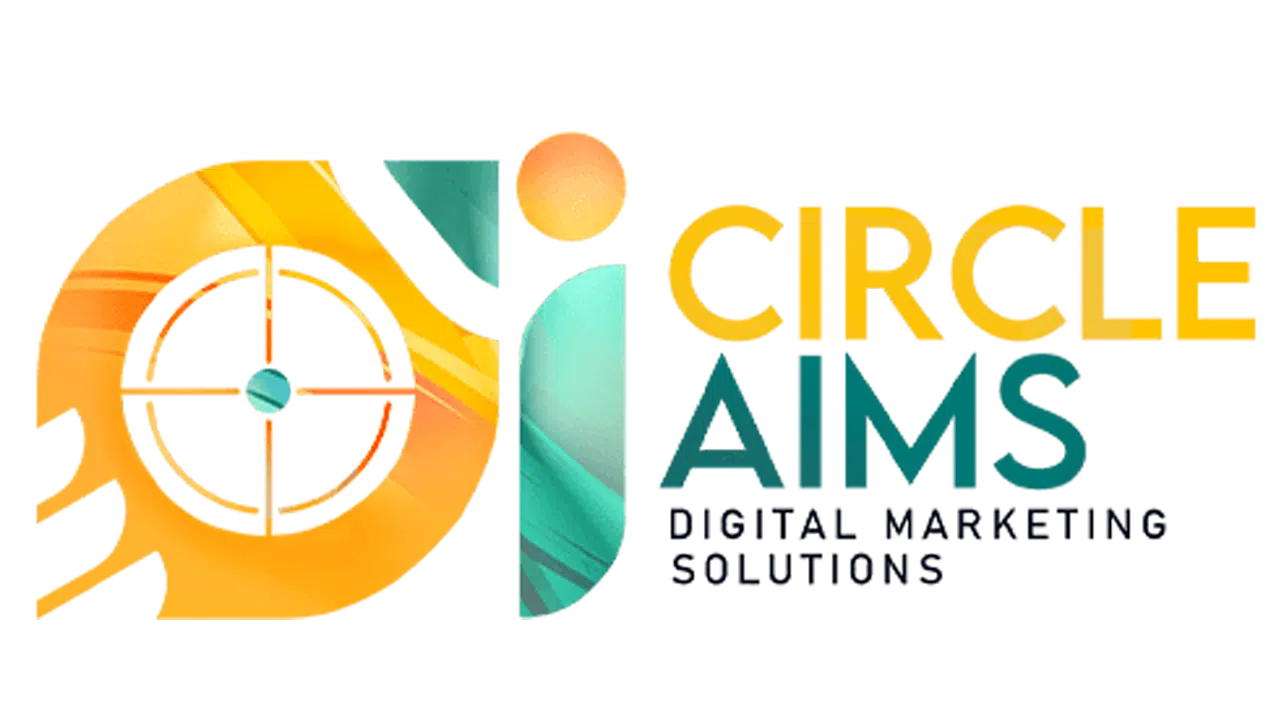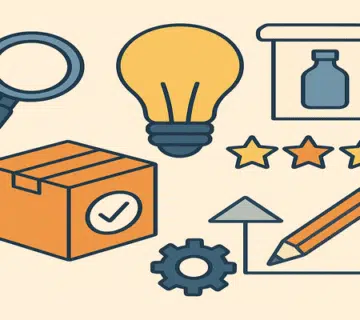Product Design Basics
What is Product Design?
Product design is the process of developing and preparing products in a way that meets user needs and achieves market goals. This involves a range of activities such as researching market requirements, designing product features, and testing prototypes. Product design is a fundamental part of product development, playing a significant role in enhancing user experience and increasing customer satisfaction. The process is not limited to the external appearance of the product, but also includes how it functions and how users interact with it.
Product design concepts have been greatly influenced by various factors, including technological advancements and evolving consumer demands. For example, in recent years, user-centered design has gained more importance than traditional design approaches.
Traditional product design often focused on technical or profit-driven aspects, while user-centered design aims for effective interaction with the target audience, increasing the product’s ability to address user problems.
Balancing technical requirements and user experience is one of the main challenges in product design. Designers strive to create products that are not only aesthetically pleasing but also functional, practical, and capable of meeting consumer needs.
With the growing influence of technology, fields like User Interface (UI) and User Experience (UX) design have become critical components of product design. In this context, it’s essential for designers to examine users’ psychological and behavioral aspects to ensure excellent experiences and successful products.

Stages of Product Design
Product design is a complex process that requires careful planning and thoughtful execution. It usually begins with researching the need and overall market direction. In this stage, designers collect information about the target audience, as well as study competitors and prevailing trends. It is crucial to gather accurate and reliable data to ensure the product effectively addresses user needs.
After research, the next step is planning. This involves creating clear strategies and planning the initial design. This stage should define the product’s requirements and key features. It’s also important to set the project timeline and budget, which are vital factors in determining its success. Financial and logistical estimates must be realistic to avoid unexpected challenges.
The following stage is the actual design of the product. Here, prototypes are created, serving as visual representations of the final product. Design is not merely about appearance; it requires attention to functionality and the overall user experience. Designers must also continuously test prototypes to gather feedback and focus on refining the design before moving to implementation.
Finally, ideas are brought to life during the implementation phase. Challenges are addressed through collaboration among various teams such as production and marketing. Effective guidance and open communication between teams are essential to ensure smooth project execution.
Implementing the design requires close monitoring of timelines and specified features to ensure the product’s success in the market.
Tools and Techniques in Product Design
Product design tools and techniques are an integral part of creating successful products, helping to achieve goals and improve user experience. Among the most important digital tools used in product design are design software platforms such as Adobe XD, Sketch, and Figma. These tools enable designers to create interactive visual interfaces and smooth user experiences.
Additionally, prototypes are powerful tools that allow product designers to test and iterate on ideas before full implementation. These models help gather early user feedback, contributing to improvements in the final product. Rapid prototyping techniques allow designers to build models quickly and efficiently, enhancing innovation and development capacity.
Product design techniques go beyond digital tools and also include methods like data analysis and user testing. User testing provides valuable insights into how audiences interact with products, enabling designers to gather feedback and make improvements in future design phases. When selecting the right tools, factors such as project budget, product type, team capabilities, and availability of technical support must be considered.
Ultimately, combining effective digital design tools with advanced techniques like prototyping and user testing leads to positive outcomes in product design. This results in improved idea quality and increased customer satisfaction, helping to ensure the product’s market success.

The Importance of Product Testing and User Feedback
Product testing is a crucial phase in the product design process, offering insights into how the product performs in the market and how it is received by users. After launching the product, collecting user feedback becomes essential to understand their experiences, concerns, and expectations.
Product testing helps evaluate how well the product meets user needs, which benefits companies by improving their products and enhancing future designs.
There are several ways to test products and collect feedback. One of the most common methods is through surveys, which enable companies to gather both quantitative and qualitative data on user opinions.
These surveys may include questions about how the product is used, levels of user satisfaction, and general comments. Surveys are an effective tool for identifying strengths and weaknesses in the product, making it easier to make informed decisions for design improvement.
In addition to surveys, personal interviews and focus groups can also be used to collect feedback. These methods allow stakeholders to dive deeper into users’ experiences with the product, providing product designers with direct and detailed input. Digital analytics and social media behavior tracking can also be used to understand public reactions to the product.
By implementing these steps, companies can update their designs and better meet market needs. This ongoing process enhances the overall user experience and serves as an effective tool for long-term product success.



No comment